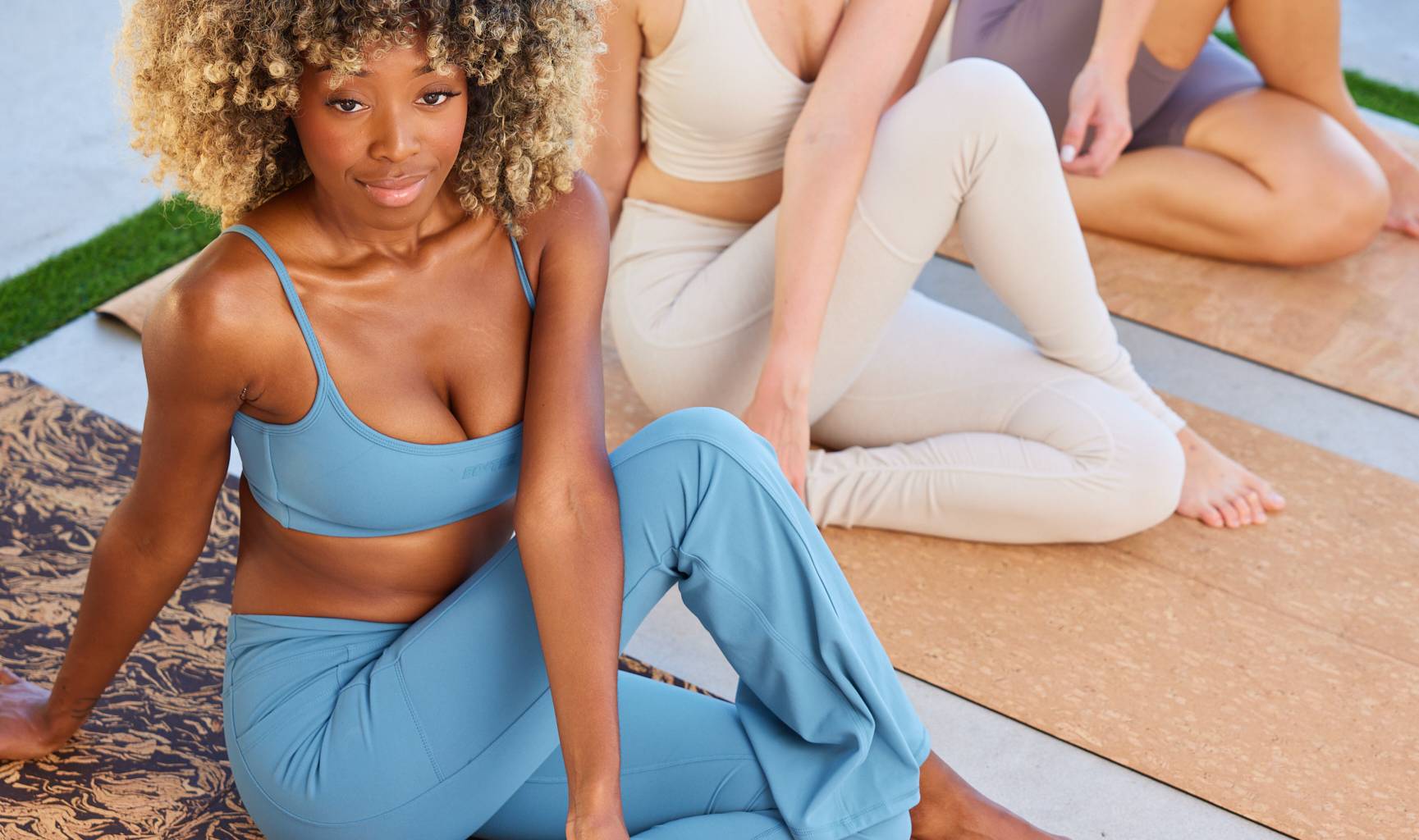Choosing the right yoga mat can make a significant difference in your practice. The two most popular materials for yoga mats are rubber and foam, each offering distinct benefits. In this blog, we'll compare rubber and foam yoga mats based on key factors to help you decide which one is better for your needs.
Understanding the Basics: Rubber vs. Foam Yoga Mats
Rubber Yoga Mats
Rubber yoga mats are known for their durability, eco-friendliness, and excellent grip. They are often made from natural materials, which make them a preferred choice for those looking to minimize their environmental impact. Rubber mats provide a firm and stable surface, ideal for various types of yoga practices.
Foam Yoga Mats
Foam yoga mats, on the other hand, are generally lighter and more affordable. They are made from synthetic materials such as PVC, which offer a softer and more cushioned feel. Foam mats are great for beginners or those who prefer a gentle surface for their practice.
Key Features Comparison
Durability of Rubber Mats
When it comes to durability, rubber yoga mats often have the upper hand. For example, the Manduka PRO™ series, with a thickness of 6mm, is known for its longevity and can withstand intense practices over the years. In contrast, foam mats like the GAIAM Premium Citron Sundial may not last as long under heavy use.
Durability of Foam Mats
While foam mats may not match the longevity of rubber mats, they still offer decent durability for casual use. The GAIAM Premium Longer/Wider mat is a good example, providing a comfortable practice surface at an affordable price.
Grip and Stability
Grip of Rubber Mats
Rubber mats provide superior grip and stability. The Jade Harmony mat, made from natural rubber with a 4.8mm thickness, offers excellent traction, preventing slips even during sweaty sessions. This is crucial for maintaining poses and ensuring safety during practice.
Stability of Foam Mats
Foam mats, while comfortable, might not offer the same level of grip as rubber mats. However, for beginners or those practicing gentle yoga, the softer surface can be more forgiving and comfortable, allowing for a more relaxed practice.
Eco-Friendliness
Eco-Friendly Rubber Mats
Rubber mats are typically more eco-friendly, made from natural materials. Brands like JADE and CORK COLLECTIVE use natural rubber and recycled materials, making them a sustainable choice. For those looking to reduce their environmental footprint, these mats are ideal.
Environmental Impact of Foam Mats
Foam mats, often made from PVC, are less environmentally friendly but can be a budget-friendly option for casual practitioners. GAIAM's foam mats offer a lifetime guarantee, ensuring long-term use and reducing waste.
Top Picks for Rubber Yoga MatsTop Picks for Rubber Yoga Mats
Cork Collective Classic
For those seeking an eco-friendly option, the Cork Collective Classic mat combines natural rubber with recycled cork and grounded coffee. Priced at $129, it offers a unique, sustainable choice with a firm and stable surface,making it a popular choice among seasoned yogis.
Manduka PRO™
The Manduka PRO™ series stands out with its 6mm thickness and 71-inch standard length. Priced at $138, it offers a perfect balance of comfort and durability.
Jade Harmony
Jade Harmony, with its natural rubber base and 4.8mm thickness, is another excellent option. At $104.95, it provides exceptional grip and stability, making it ideal for various yoga styles.Top Picks for Foam Yoga Mats
GAIAM Premium Citron Sundial
The GAIAM Premium Citron Sundial mat offers a 6mm thickness and comes with a lifetime guarantee, all for $34.98. It’s a great budget-friendly option for beginners who prioritize comfort and affordability.
GAIAM Premium Longer/Wider
For those needing extra space, the GAIAM Premium Longer/Wider mat measures 78 inches long and 26 inches wide, priced at $39.98. This foam mat provides ample room and comfort for a relaxed practice.
Alo Warrior Mat
Alo's Warrior Mat, priced at $128, is another foam option that balances quality and comfort. With a thickness of 5mm and a larger size, it’s suitable for those who prefer a more luxurious feel.
Making the Final Decision
Budget Considerations
If budget is a primary concern, foam mats like the GAIAM Premium Citron Sundial are excellent choices, offering affordability without compromising on comfort. However, if you can invest a bit more, rubber mats like the Manduka PRO™ provide better longevity and performance.
Yoga Style and Practice Frequency
Your yoga style and how often you practice are crucial factors. For vigorous styles like Ashtanga or Vinyasa, rubber mats like the Jade Harmony offer the grip and stability needed. For gentler practices or occasional use, foam mats provide sufficient comfort and support.
Environmental Impact
For environmentally conscious yogis, rubber mats made from natural and recycled materials are the way to go. Brands like JADE and Cork Collective offer eco-friendly options that don’t compromise on quality.
Conclusion
Both rubber and foam yoga mats have distinct advantages. Rubber mats excel in durability, grip, and eco-friendliness, ideal for serious practitioners. Foam mats offer comfort and affordability, perfect for beginners and casual yogis. Your choice should depend on your budget, yoga style, and environmental concerns. For an eco-friendly option, consider the Cork Collective Classic cork yoga mat. Enjoy a 15% discount on cork yoga mats with the code BestCorkYogaMat. Elevate your yoga practice with the perfect mat today!




Leave a comment
This site is protected by hCaptcha and the hCaptcha Privacy Policy and Terms of Service apply.